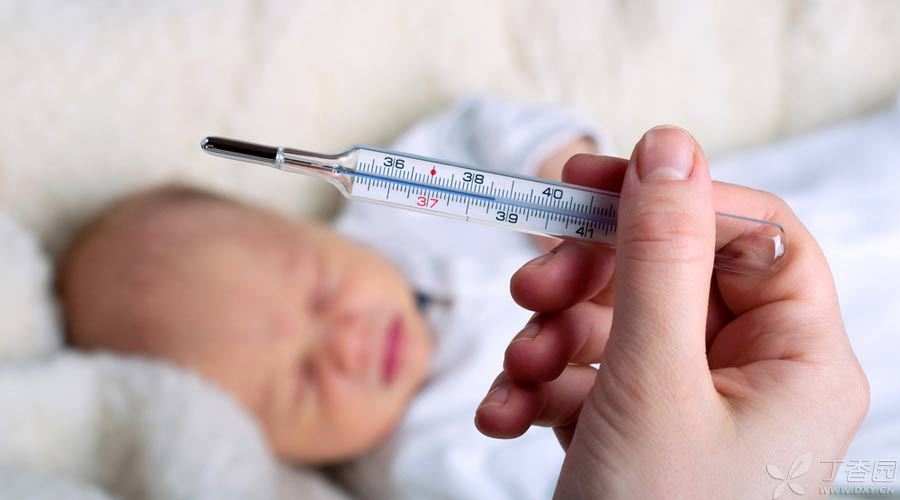
For a long time, It is generally accepted that the normal body temperature is 37 degrees Celsius (98.6 degrees Fahrenheit). In fact, The body temperature is not fixed. Not only is the body temperature different for everyone, In addition, gender differences, age, environmental changes, changes in eating habits and drug use can all cause fluctuations in normal body temperature. The value of body temperature will also be slightly affected by differences in reading techniques and the time of day when body temperature is collected.
As early as the 19th century, German scientists improved the thermometer and measured the average human body temperature at 37 degrees Celsius. The normal value of human body temperature varies slightly according to the measurement site. Common body temperatures include oral cavity temperature, nasal cavity temperature, ear temperature, armpit temperature and rectal temperature.
The unit of body temperature commonly used in the United States is Fahrenheit, while the unit of temperature commonly used in almost all other countries is Celsius. (The conversion formula between Celsius temperature and Fahrenheit temperature is 5 (tF-50) = 9 (tC-10), where tF: Fahrenheit temperature and tC: Celsius temperature).
Is body temperature of what significance to body health?
Body temperature represents the body’s heat generation and heat dissipation functions. The dynamic balance of heat generation and heat dissipation functions makes the body temperature fluctuate between normal ranges, so the body temperature of healthy people can remain relatively constant. Normal people can generate heat through skeletal muscle trembling, contract blood vessels to reduce heat dissipation, and raise the body temperature. When sweating to dissipate heat, the body temperature decreases.
How many degrees is fever?
Fever refers to the regulatory temperature rise caused by the upward movement of the temperature setting point due to the action of pyrogen. China defines the temperature rise exceeding the normal temperature by 0.5 ℃ (the U.S. Standard is that the temperature reaches 100 degrees Fahrenheit) as fever. The normal body temperature of each person is slightly different and is affected by many factors (time, season, environment, menstruation, etc.).
Therefore, to determine whether you have a fever, it is best to compare it with your usual body temperature under the same conditions. If you do not know your original body temperature, your armpit body temperature exceeding 37.2 ℃ can be defined as fever.
There are many causes of fever, the most common of which include:
- Use of drugs; Infection (including various bacterial infections, viral infections, mycoplasma infections, etc.); Connective tissue disease; Malignant tumors, etc.
When these situations occur, the body can discharge the substances that can cause fever out of the body through fever reaction. However, fever is beneficial and harmful to the human body. For example, if the body temperature exceeds 40 ℃ (children exceed 39 ℃), dizziness, convulsion, shock and even serious sequelae may be caused. Therefore, timely medical treatment should be required.

The body temperature will not only rise but also fall.
The main reason for hypothermia is that the body produces less heat, the body temperature regulation function is poor, and the heat lost from the skin is large, which cannot keep the body temperature at a certain level.
The causes of hypothermia include shock, drug abuse, vitamin or trace element deficiency and infection. Sometimes the body temperature can also be lowered due to the extremely low temperature in the external environment.
When the body temperature drops below 35 ℃, [hypothermia] will occur. It is manifested as blurred mind, gray face, cold whole body, and life-threatening in serious cases.
How should body temperature be measured?
Everyone’s body temperature is different due to different metabolic rates, drug use and environmental factors. In a healthy state, such as normal diet and appropriate clothing, the body temperature is generally relatively constant, i.e. It is kept at about 37 ℃, roughly between 36.2 ℃ and 37.2 ℃ (the U.S. Standard is 97.4-99.4 degrees Fahrenheit).
The correct measurement method of human body temperature is to measure it many times at different time points every day (for example, it can be measured at about 8 o’clock in the morning, 3 o’clock in the afternoon and 8 o’clock in the evening). The body temperature is measured continuously for several days, and the average value is the body temperature. When measuring the body temperature, the measured person should not exercise and have no caffeine or sugar intake within one hour, so the measured value will be closer to the normal value of body temperature.
During one’s life, due to drastic changes in thyroid function, collective metabolism and environment, one’s body temperature will change constantly. Therefore, as long as the body temperature is near the normal range and fluctuates up and down by no more than one degree, one need not worry too much.
Responsible Editor: Jing Liu
